Mark Nisbet
All about Mark Nisbet and his music
Types of Bass Guitar
There are no special rules about choosing a bass apart from ensuring that the one you buy is not broken in any way. As a beginner it is very unlikely that the bass you start on will be one that you play forever so it is not wise to spend a huge amount to start with Anything you like the look of and is from one of the well known makes like Fender, Gibson, Yamaha or Ibanez should be a good choice, Fender’s cheaper range is Squire and Gibson’s is Epiphone and these both make excellent first choices and indeed are also played by some professionals.
It is important to remember that the first hundred or so pounds spent make the biggest difference. A £200 bass will probably be significantly better than a £100 bass, while a £500 bass will be better still the difference will not be so obvious and even more so if you spend £1,000.
As you get more familiar and comfortable playing bass you will start to decide more specifically what you want and that is the time you will want to upgrade.
| Precision Bass |  |
Originally made by Fender, the first true bass guitar. 1 split pickup, fairly wide neck, simple controls, used in all sorts of music but particularly favoured by Rock players |
| Jazz Bass | 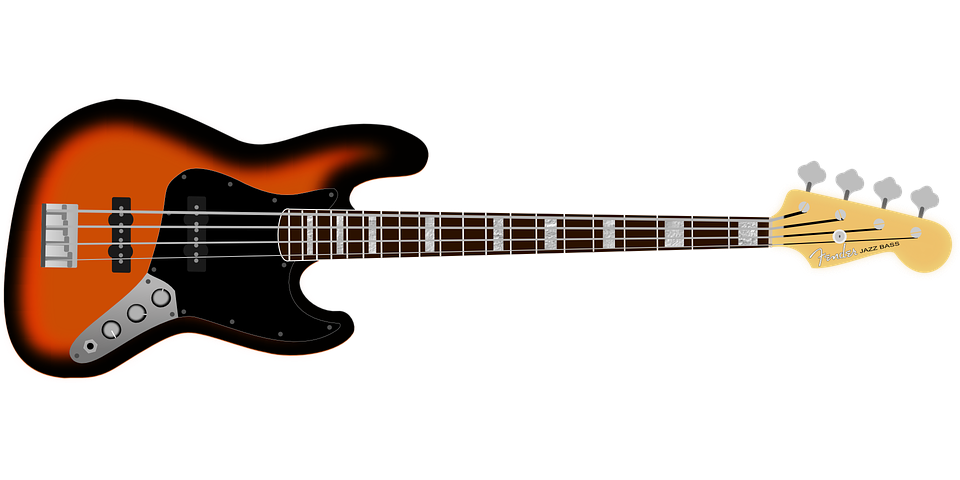 |
Upgrade from the Precision Bass with two pickups and a slimmer neck. Produces a wider variety of tones. As expected loved by jazz players for the honky tone of the bridge pick-up. Great for new players or those with smaller hands |
| Stingray | 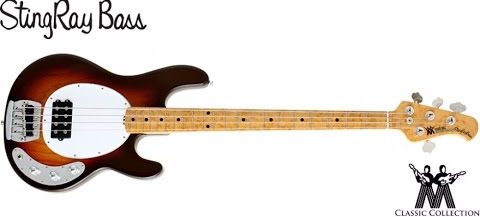 |
Designed by Leo fender after parting from the Fender company, manufactured by Musicman, featuring a humbucking pickup producing a more powerful but less noisy sound. Particularly favoured by funk players |
| Short Scale | 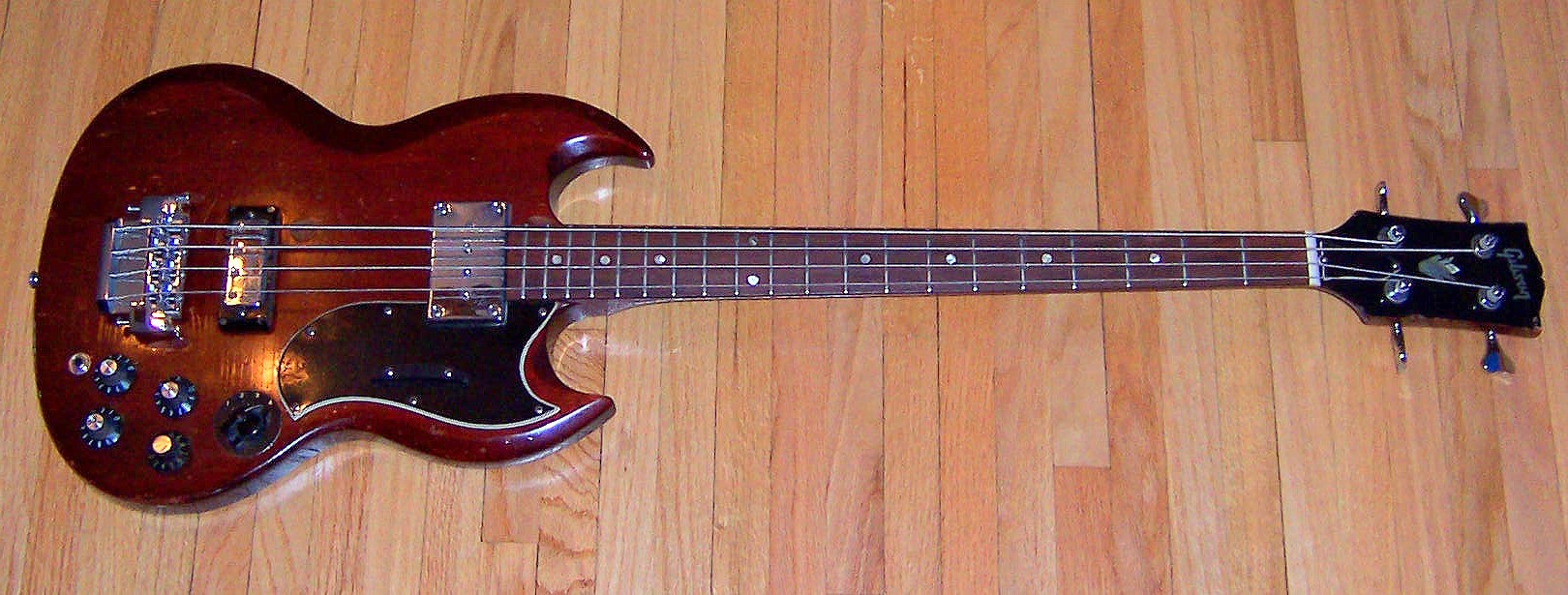 |
This is simply a bass with a shorter neck. These are convenient for those with shorter arms. The strings need to be thicker or looser and they have a particular sound that is favoured by some. The example shown is a Gibson SG style bass. |
| Violin Bass |  |
A type of short scale bass made famous by Paul McCartney |
| Modern |  |
The above basses show the original general themes but now there are many manufacturers, some large companies like Yamaha, Ibenez and Warwick and many small Luthiers like Overwater, Fodora or Rosco making a wide variety of bass guitars with variable shapes, woods, pickup configurations and tone circuitry. The small Luthiers will make talk through a design with you and make a specific bass to order. |
| Fretless |  |
Simply a bass guitar with no frets along the fingerboard. There may be lines to show where the frets would be. This requires precise fingering to ensure playing in tune but produces a warmer sound due to the string contacting wood rather than metal and opens up the possibilty of smooth slides and vibrato when playing |
| Hollow Body | 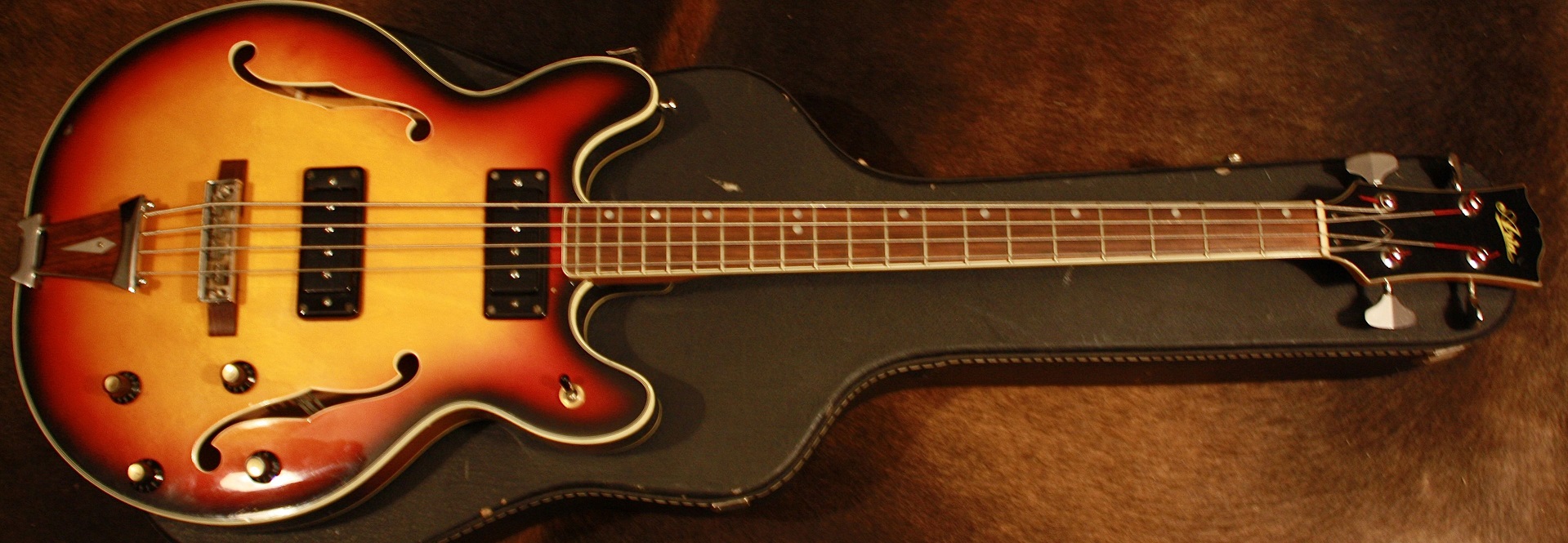 |
May be reffered to as semi acoustic, the body is hollow rather than solid so the guitar makes more sound when played without amplification |
| 5 String | 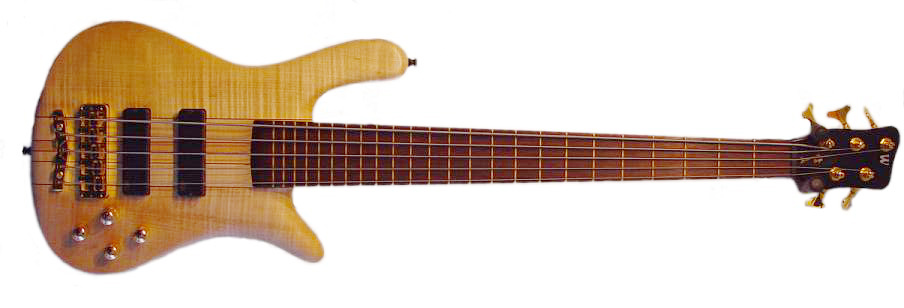 |
can be any type of bass but has an extra string, usually lower tuned. Basses with 6 or more strings are also available, the 6 string is normally tuned with one string lower and one higher. |
| Acoustic | 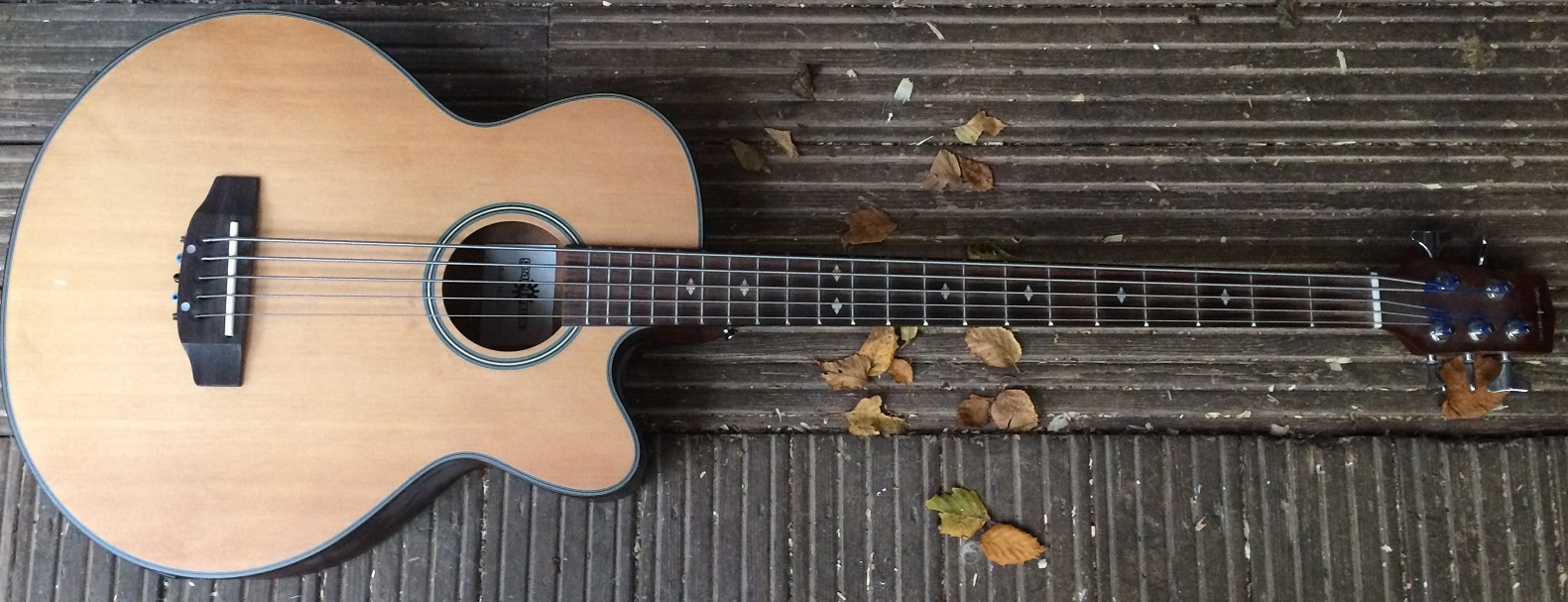 |
Basses that are designed to be loud enough to play without amplification by virtue of having a large hollow body and sound holes. Most are also fitted with an internal pickup to enable the sound to be amplified |